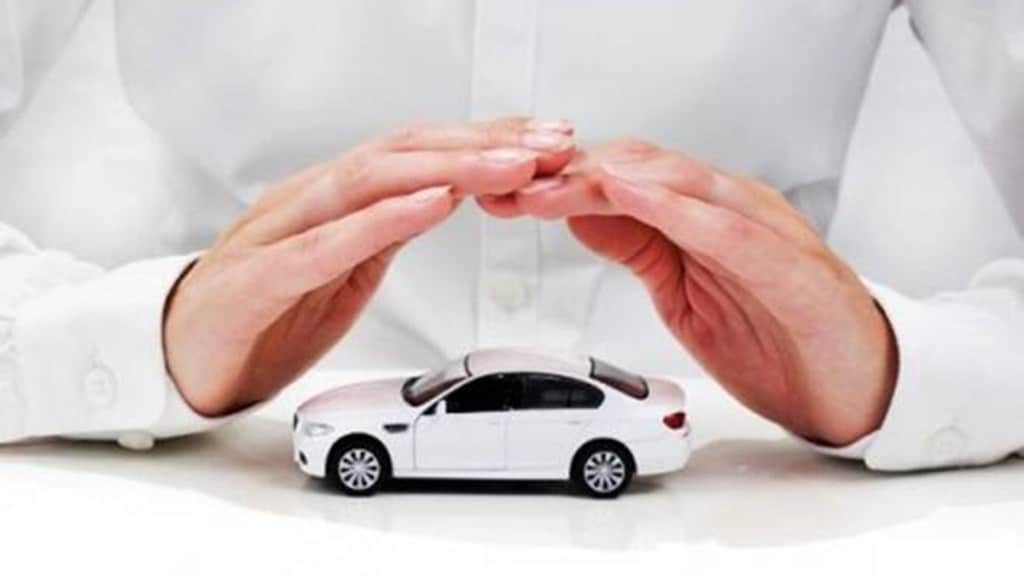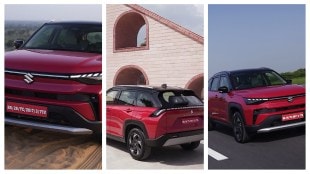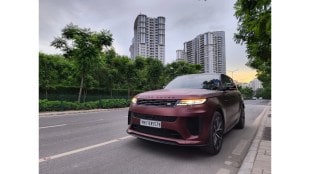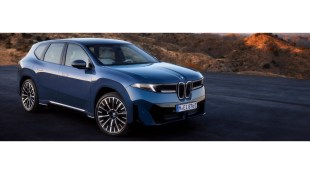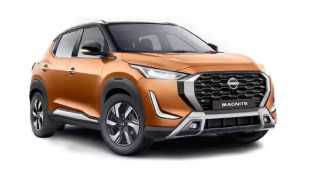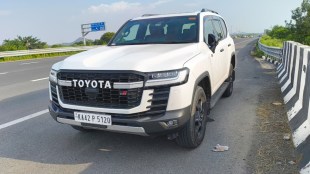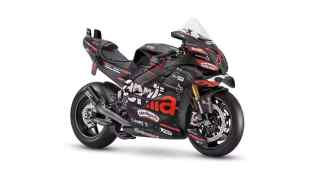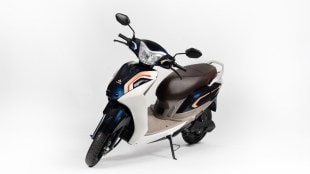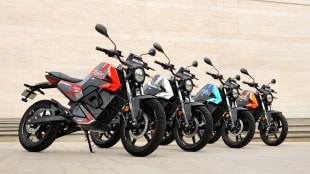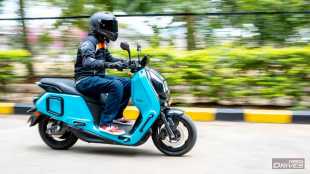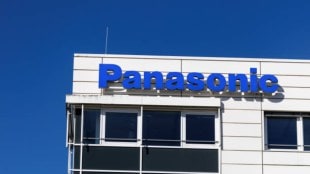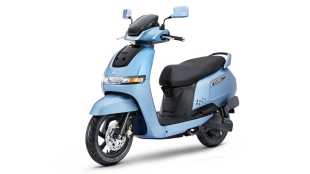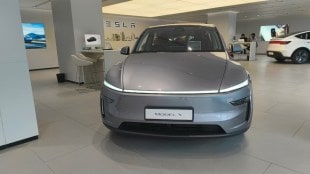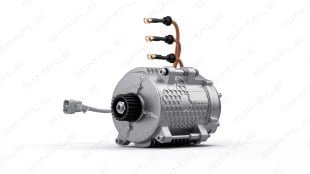The science of Insurance is to price a risk well while ensuring the occurred loss is covered adequately in case of an accident. Insurers do this with available data points, historic information and demographic assumptions. For motor insurance, premium patterns are largely dependent on the vehicle make, model, age as well as geography the vehicle is driven in. Drivers and their individual behavioural patterns are still not utilised in serving premiums even though it is possibly the most defining factor in the entire vehicle lifecycle.
Currently, no insurer is underwriting motor insurance based on customer behaviour due to lack of data. However, with the advent of IoT and telematics, this situation can be turned around. Broadly, we can get two buckets of information through IoT:
– Parameters defining the state with respect to the vehicle’s maintenance
– Individual patterns of drivers like speed, braking, and tendency to get into accidents
The latter can be real-time or can be periodically updated. Some countries have “black boxes” that continuously record data of driving behaviour. This usually translates into reduced insurance premiums and additional benefits for safe, good drivers. Additionally, car leasing firms seek to benefit greatly too with telematic devices being implemented.
Additionally, the adoption of these technologies may prompt better driving behaviours through proactive suggestions. In case of accidents, emergency calls can be made or signals can be sent, thus reducing the risk that gets accrued.
Telematic devices also can reduce cost of business by moving from the model of in-person, physical pre-inspections to data-driven inspections and underwriting. This data can be transferred in real time or periodically, enabling deeper insights for insurers. Additionally, they can also come in handy during claim inspections. In India, every general insurer has a portfolio of at least 30% for vehicle insurance. With such a heavy dependence on this sector, the claims too have a high impact on the P&L of insurers. While the industry has come together to combat the problem of forged claims, there are still gaps that can be bridged through the implementation of IoT devices. 70% of operational costs are claim-related and any loss prevention activity here stands to bring about a direct net positive impact not only to the insurer but to the industry as a whole.
The availability of insights into customer behaviours can additionally prompt better pitching of value-added services/riders ensuring right product-fit through the consumer lifecycle. Rewards can incentivise positive customer behaviour like better driving patterns leading to lower premiums and claims. A South African insurance firm Discovery has changed consumer behaviour towards their health by monitoring it through fitness devices and reflecting it on their health insurance premium. They are essentially driving their consumer base towards a healthier lifestyle rather than doing selective underwriting, which is what health insurers usually do. It will be interesting to see how well this applies to vehicle insurance.
Some use-cases for these devices exist worldwide. Under pay-per-mile motor insurance plans, the vehicles are fitted with a black box that records the miles driven and accordingly charges the driver the premium for it.
– Essentially to sum it up, IOT and telematics aim to:
– Increase insights into customer behaviour for insurance firms
– Develop new business and service models
– Enable dynamic premium pricing strategy based on driver patterns or other inputs from IOT sensors
– Improve operational efficiency through preventive maintenance prompts and tracking if the same doesn’t occur
– Send emergency or preventive signals in case of a mishap.
– Reduce instances of fraud claims
With COVID 19 bringing about a digital boom to every part of the economy it makes sense that we move to connected ecosystems, although adoption of such technologies by the masses is yet to happen. Some interesting use cases for IOT and telematics can be
1. Connected cars – Vehicle Insurance
2. Smart homes – Home insurance
3. Connected Health – Health Insurance | Preventive health monitoring
4. Commercial Risk profiling – Fire Insurance | Other commercial lines of insurance
The easiest thing to implement will be vehicle insurance and with OEMs moving towards bringing in connected cars, a possible collaboration or shift towards IOT implementation in the insurance industry is hopefully only a matter of time.
Author: Sorabh Bhandari, Founder Director, Riskcovry and Abhilasha Singh, Lead – Affinity Partnerships, Riskcovry
Disclaimer: The views and opinions expressed in this article are solely those of the original author. These views and opinions do not represent those of The Indian Express Group or its employees.
